#essart
Explore tagged Tumblr posts
Text

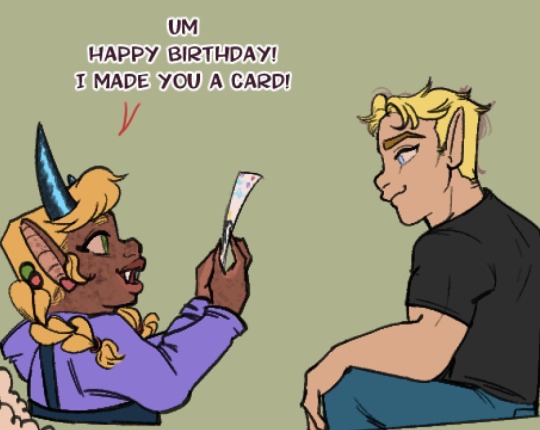
Posted it in the discord but it was John/Elf-boy's bday. I always used to draw him and Dema hanging I should bring that back, also even tho Celesse and him don't get along Ciel isn't allowed to be mean, so he made him a card lol
John belongs to @croxovergoddess
#my art#essart#digital art#adventures in middleverse#middleverse#pandema decoste#Ciel#couldnt help but draw ciel too hes so cute i love him 😫#even though hes not canon in anything idk hes like a cute lil au of an au#anyways i should get back into drawing more in the community i miss it
30 notes
·
View notes
Text

Dan Gurney (Brabham BT7 Climax) vainqueur du Grand Prix de France - Rouen-les-Essarts 1964. - source Carros e Pilotos.
31 notes
·
View notes
Text

"After the bath", painting by Sezille des Essarts
French vintage postcard
#painting#sezille#sepia#photography#vintage#postkaart#ansichtskarte#ephemera#carte postale#postcard#postal#sezille des essarts#briefkaart#photo#essarts#tarjeta#bath#historic#french#postkarte
11 notes
·
View notes
Photo

LÉGENDE | Feurolle et « Bouche de l’Enfer » en Normandie ➽ https://bit.ly/Feurolle-BoucheEnfer-Normandie Au milieu du XIXe siècle, la narratrice Amélie Bosquet, décrivant dans « La Normandie illustrée » les superstitions des populations des forêts des environs d’Elbeuf, disait « que le loup-garou sinistre, le morne chasseur de la nuit, la capricieuse "Fourolle", la fantastique Dame blanche et le génie jaloux des trésors cachés... tiennent encore leur hideux sabbat dans ces contrées »
2 notes
·
View notes
Text

1970s trackday – Kawasaki KH or Suzuki GT? Comments welcome.
Update: Thanks for your help, my guess is Kawasaki KH 400 (rev counter cable in right side of crankcase seems typical, rev counter housing).
Update-Update from @salva-du-demon: Hervé Guilleux, Kawasaki Cup 1973 with the 350 S2, Samson curve on ‚Les Essarts‘ circuit. Merçi !
244 notes
·
View notes
Note


Les Essarts le Roi, France
21 notes
·
View notes
Text
i can't stop thinking about this. comment le premier Juge a-t-il pu le traiter avec tant de rigueur?.....

i feel regular and normal.
1 note
·
View note
Text

"Alors ce fut le tour d'Athos, de Porthos et d'Aramis de monter la garde avec d'Artagnan quand il était de garde. La compagnie de M. Le chevalier des Essarts prit ainsi quatre hommes au lieu d'un, le jour où elle prit d'Artagnan. "
L'intérieur des mousquetaires, Les Trois Mousquetaires
#egg tempera#les trois mousquetaires#the three musketeers#book illustration#traditional art#traditional illustration#tempera art#musketeer#character illustration#marianaillust#mariana illustration
42 notes
·
View notes
Text
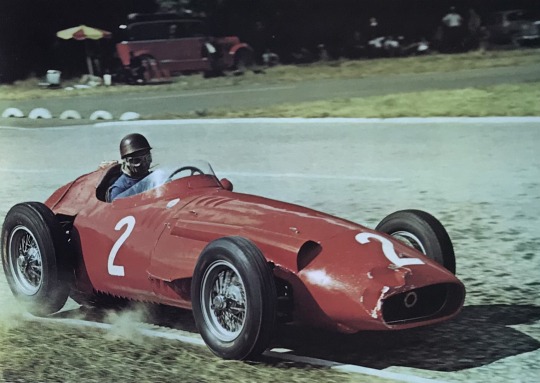
Juan Manuel Fangio 🇦🇷#2.Maserati 250F .1er classement final .Grand Prix de France 🇫🇷 Circuit de Rouen les Essarts 🇫🇷1957
32 notes
·
View notes
Text

Huguette Sabouret au Château des Essarts, Veyvialle, France, 1942.
Jacques-Henri Lartigue. Silver print.
#black and white#photography#vintage#art#1940s#athlete#dancer#dance#foto#fotographie#fotografia#photographie'#Jacques-Henri Lartigue
60 notes
·
View notes
Text
No one:
F1 circuits:
Phoenix Street Circuit
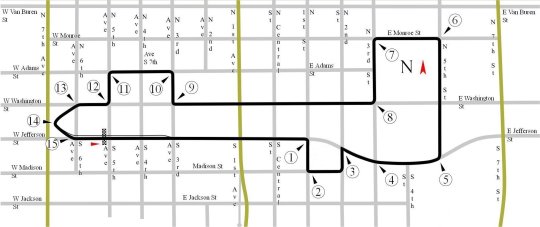

Riverside International Raceway
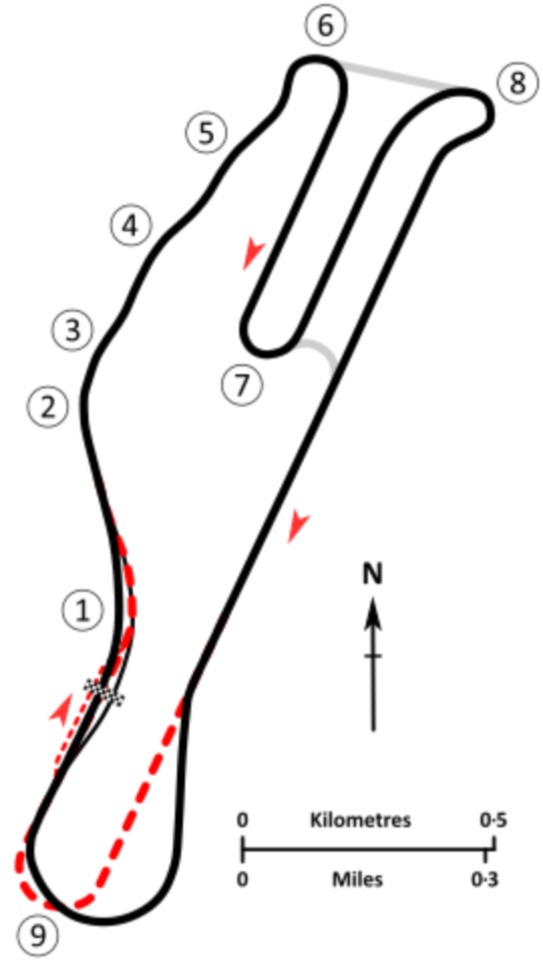

Zeltweg Airfield


Nivelles-Baulers
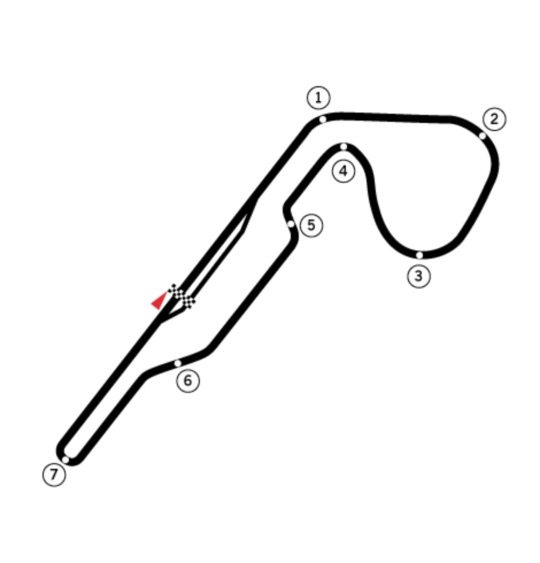
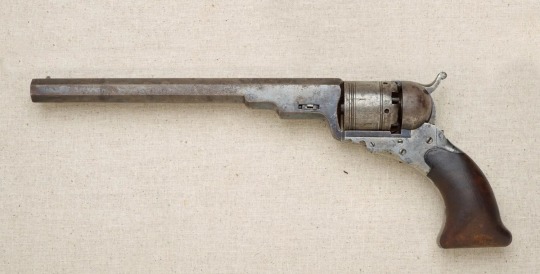
Rouen-Les-Essarts

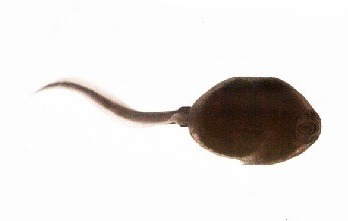
#yes i consider myself a KomEdIan#f1#f1 memes#race track#this took me way longer than it should have
7 notes
·
View notes
Text
1957 French GP 🇫🇷
at Rouen Les Essarts 🏁
Peter Collins 🇬🇧 Lancia 801 Ferrari

7 notes
·
View notes
Text

Jacky Ickx (Ferrari 312/68 #0009) vainqueur du Grand Prix de France - Rouen-les-Essarts 1968. © DPPI. - source Carros e Pilotos.
34 notes
·
View notes
Text
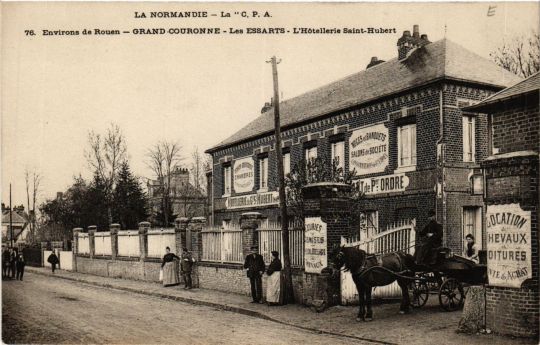
St. Hubert hostel in the Les Essarts quartier of Grand-Couronne, Normandy region of France
French vintage postcard
#vintage#photography#tarjeta#postkarte#hostel#french#carte postale#grand#postal#region#les#st. hubert#briefkaart#france#postcard#hubert#couronne#old#normandy#essarts#quartier#photo#ansichtskarte#sepia#postkaart#ephemera#grand-couronne#st#historic
4 notes
·
View notes
Note
How were marriage ceremonies performed during the rev? Like Lucile and Camille’s or Babet and Le Bas’, for example?
Camille and Lucile got permission from the latter’s parents to marry each other on December 11 1790. In a letter to his father written already the same day, Camille reports that ”we can get married in 8 days.” However, due to said father lingering with giving his consent, the signing of the wedding contract didn’t happen until December 27. In his Desmoulins biography, Hervé Leuwers writes that sixteen people signed the contract — Pétion, Brissot, Robespierre, Mercier, Sillery Danton, Duport du Tertre, Barnave, Viefville des Essarts, Charles Lameth, Alexandre Lameth, Mirabeau, Andrieu and Deviefville — and that Maître Jean Louis Bro, who presided over the event, ”in his twenty year career rarely can have hosted so many witnesses, and so many famous people.” Curiously however, when speaking about the event three years later, Camille claims that ”out of the sixty people who signed my wedding contract I only have two friends left — Danton and Robespierre.” Through the marriage contract we also learn about the couple’s dowry, with Camille bringing 8000 livres from his savings (mostly furniture), and Lucile obtaining 100 000 livres as perputal annulities from her parents and yet another 12 000 in clothing, furniture and money.
Two days later, the actual wedding ceremony was held in the couple’s parish church Église Saint-Sulpice. Writing to his father about the wedding a week later, Camille described how the witnesses this time were ”Péthion [sic] and Robespierre, the elite of the National Assembly, M. de Sillery, who wanted to be there, and my two collegues Brissot de Warville and Mercier, the elite among the journalists.”
In 1790, being married in front of a parish priest was still the only alternative for those who wanted to be wed (civil marriage became possible through a decree passed in September 1792). The priest presiding over the Desmoulins’ wedding ceremony was Denis Bérardier, who from 1778 to 1787 had been the principal of Camille and Robespierre’s college Louis-le-Grand, after which he had been elected to represent the clergy at the Estates general. In the previously cited letter, Camille reports the following:
Finally, I was married to Lucile on Wednesday, December 29. My dear Bérardier performed the celebration at St-Sulpice, assisted by the parish priest who had almost asked for the honor of performing it. I had many difficulties to get a dispensation from the bishopric. A M. Floirac, vicar-general, told me that I was the cause of his chateau being burned down; that I had caused him to lose twenty thousand livres in income, etc. Some patriots in the National Assembly were unable to obtain this dispensation which they were requesting for me; but Bérardier has done so much that he finally obtained it. I also had much praise to give the priest of St.-Sulpice who worked for me with great warmth.
Interesting here is that Bérardier was very much a conservative, opposing the Civil Constitution of the Clergy, and over the following years authoring works favorable to the church (Les principes de la foi sur le gouvernement de l'église en opposition avec la constitution civile du clergé (1791) and L'Église constitutionnelle confondue par elle-même, par une Société de théologiens (1792)). Though it’s rather clear Camille wanted him to preside over the ceremony less because he agreed with him politically and more because he thought he had been an awesome principal (just like literally every single student of that school, conservative or radical alike, seems to have done) Here is what he wrote about in number 59 of Révolutions de France et de Brabant, released twelve days after the ceremony:
The fact that he comes from the aristocracy aside, I know no minister of the altars more respectable than M. Berardier, deputy of the National Assembly, under whose eyes, or rather in whose bosom, I was raised. I owe him, in the days of prosperity, this mark of memory of those days of affection. But I took strong precautions against the snares of the aristocracy, and did not go to the altar without counterpoison. Péthion [sic], Robespierre, Sillery, Mercier, Brissot (that says it all) honored me with their presence and were good enough to serve as witnesses. They will attest to you themselves that the Church could not better take its time to wrap me in the nets of St. Peter. The good Bérardier, before pronouncing the three Latin words, the only ones I asked of him, held the most touching of speeches. He asked me in favor of the same declaration that the National Assembly has just made, that I would not touch spirituality. It was a bit embarrassing for the freedom of religious opinions, and meant attacking the declaration of rights; but what could I do? I didn't come there with the intention of saying no. It is thus, my dear Abbé Rives, that I found myself caught and bound by oath to interfere in my numbers only with the political and democratic conflicts, and to cut out the theological ones.
Bérardier’s speech has survived and is today kept at the Biblioteque Nationale de la Ville de Paris, though it unfortunately hasn’t been published. It mostly revolved around getting Camille not to forget the glory of religion, and get Lucile to follow the example of her parents. In the wedding letter to his father, Camille nevertheless writes that the speech actually moved both them and all of the witnesses to tears. After the ceremony, the couple, the witnesses and Bérardier all went to have dinner at Camille’s together with Lucile’s parents and sister.
As for the Lebas couple, Élisabeth recounts in her memoirs how, once she and Philippe had professed their love for one another and gotten over the Guffroy slander incidence, they too wanted to get married as soon as possible.
[Philippe] told me that he would like to set the date of our marriage that very day. “I would like,” he said, “if it were today rather than tomorrow. What a lovely day for your friend and for my Babet!” […] After dinner [the same day], I heard my Philippe ask my parents to fix the date of our wedding, saying that he would be happiest with the earliest possible date. Robespierre supported his request and said: “He’s right; we must get this marriage over with.” My parents asked that it take place in two décades, in order to have time to prepare my trousseau and our lodging. My father, the owner at that time of several houses, had a vacant one at that moment in the Rue de l’Arcade; he gave us lodging there and everything was promptly settled for the agreed-upon date.
Here too however, the marriage was postponed, as Philippe soon thereafter was tasked with going on a mission to the army by the Committee of Public Safety. Eventually Élisabeth succeded in getting Robespierre to recall him:
He arrived, and everything being ready, we were married at the Hôtel de Ville, by Lebert (she means Hébert); it was 10 Fructidor (26 August 1793). What joy for us, and how happy I was! I believed that I would never again be separated from my husband; but alas! It had to be otherwise.
As can be seen, the Lebas couple had a civil ceremony instead of a religious one. According to the marriage certificate, the celebration was held at the Commune in the presence of Jacques-Louis David, 43, deputy, residing at the Louvre; Jacques-René Hébert, Deputy Public Prosecutor of the Commune, rue Neuve de l'Égalité. Witnesses of the spouses were Maximilien Robespierre, deputy rue Saint-Honoré, section des Piques; J-Pierre Vaugeois, 61 years old, carpenter, uncle of the wife. The document is signed: Le Bas, Élisabeth Duplay, Hébert, David, Vaugeois.
I could not find any other information regarding the marriage of this couple.
#forget all other superstitions regarding weddings#the most fool proof sign that a marriage won’t end well is having robespierre be one of your wedding witnesses#desmoulins#philippe lebas#élisabeth lebas#élisabeth duplay#camille desmoulins#lucile desmoulins#ask
14 notes
·
View notes